Bosnia postage stamps year 1996 Historical Military Uniforms set
The “Historical Military Uniforms” set was indeed issued by the Bosnian postal administration based in Sarajevo, officially BH Pošta (Bosnia and Herzegovina Post).
This issue, released shortly after the end of the Bosnian War, commemorates the rich and varied military history of the region.
⚔️ Bosnia (Sarajevo) 1996 – Historical Military Uniforms
The full set consists of four distinct stamps.
| Denomination | Face Value (Dinars / KM) | Uniform Description (Catalog Info) |
| 100 Din. | 0.50 KM | Uniform of the Ottoman Army (Turkish Military Uniform) |
| 120 Din. | 0.60 KM | Uniform of the Bosnian Army (from a historical period) |
| 140 Din. | 0.70 KM | Uniform of the Austro-Hungarian Army |
| 170 Din. | 0.85 KM | Uniform of the Yugoslav Army (Royal or pre-WWII era) |

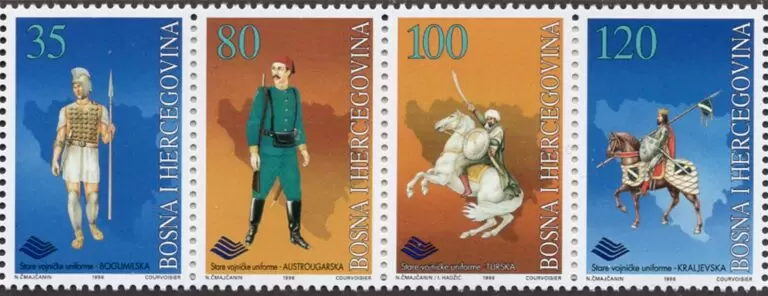
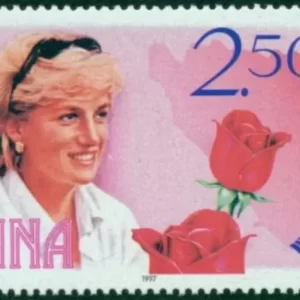
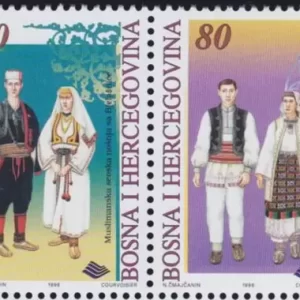

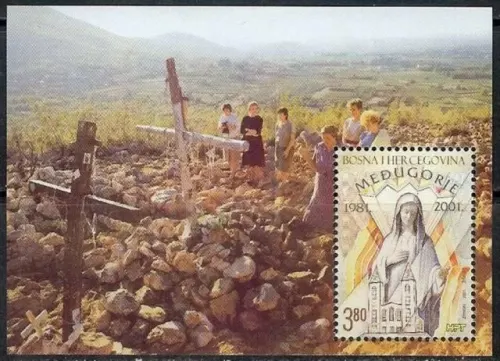

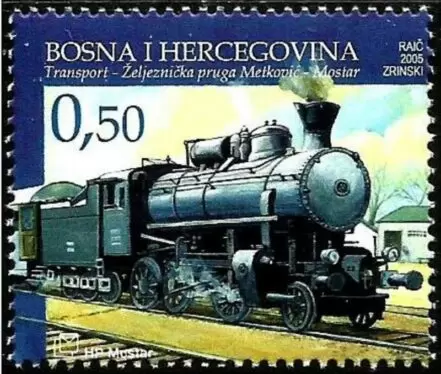
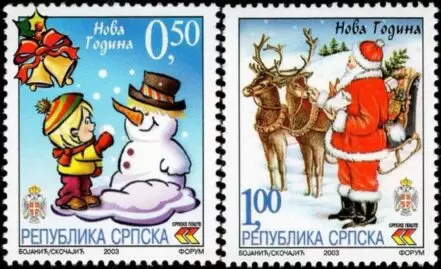
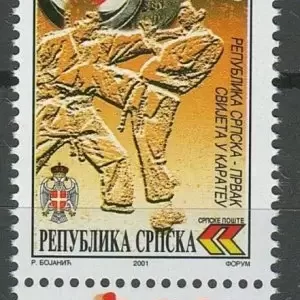
Reviews
There are no reviews yet.